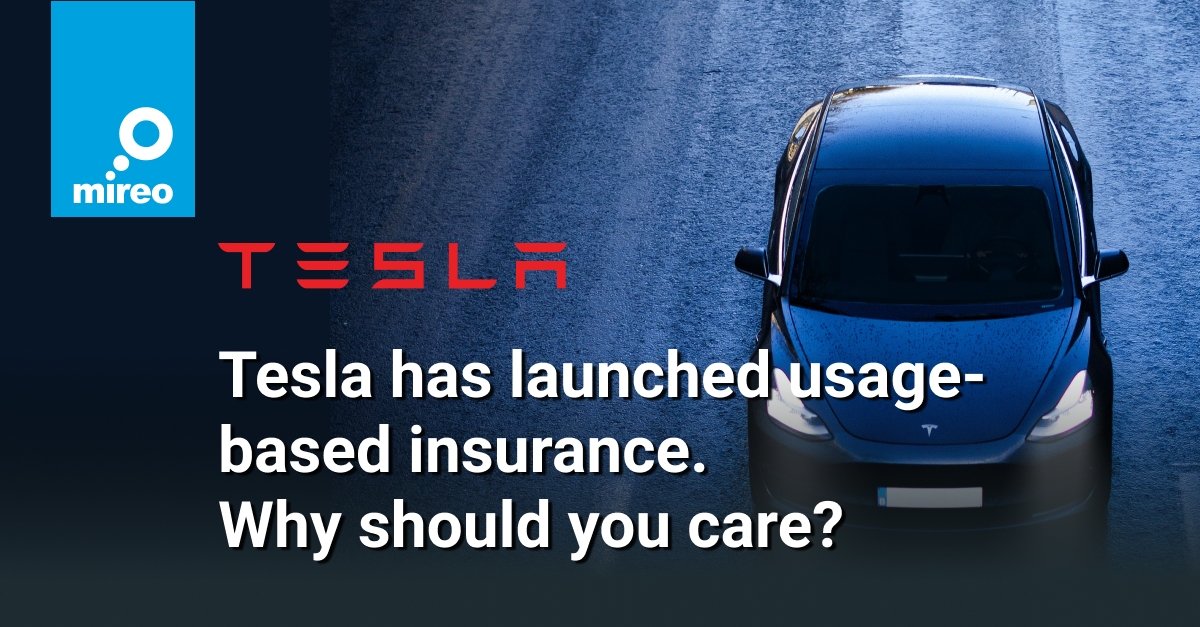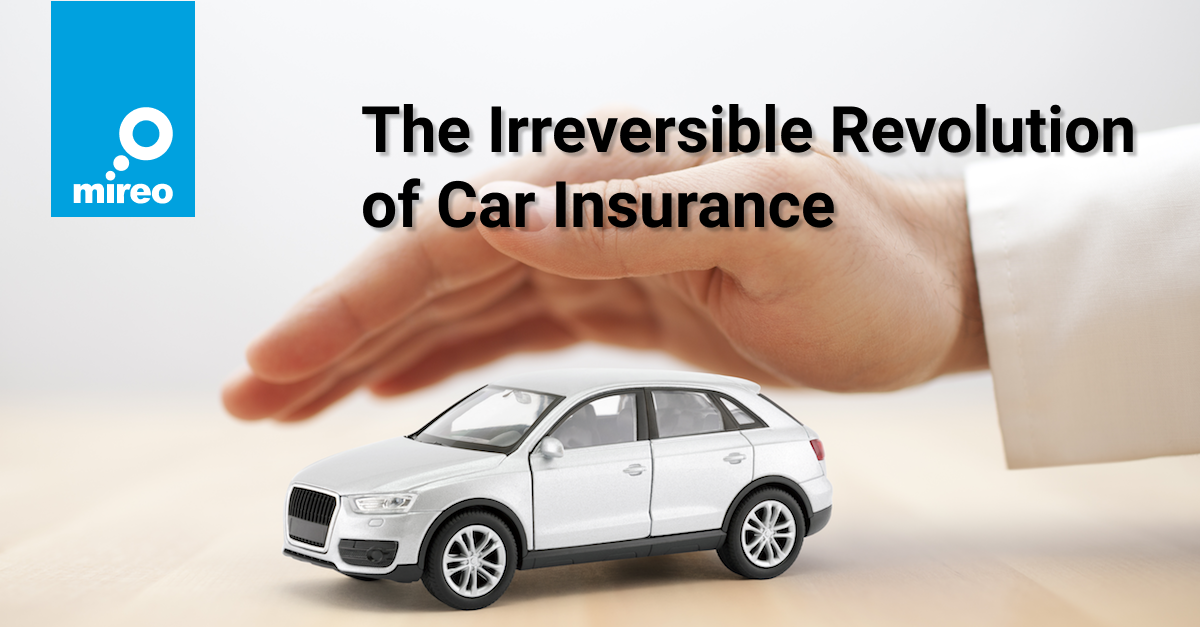The need for change
The current business model of car insurance companies is not sustainable. Well, at least that’s what the industry leaders have been pointing out and preparing for in the past several years. But, if this has been recognized and acknowledged, what’s preventing the car insurance companies from tweaking their business model which would allow them to lower their expenses while simultaneously increasing profits?

Traditional vs. Data-driven Car Insurance
In order to understand why the current business model is unsustainable, we need to look at the expense/premium structure of most car insurance companies today. As shown on the picture above on the left, a total of 30% is spent on marketing, administration, commissions to agents and loss adjustment costs (investigating if the damage actually happened and the severity of it). In addition, 65% is spent for paying true loss costs – such as collision repairer or doctor bills, which leaves only 5% for the technical margin for the insurer to save, invest, or return to the consumers in the form of lower premiums.
In the words of Tesla’s former Head of Insurance Alex Tsetsenekos:
Given the increased data analytics and vehicle technology, this cost structure is simply not sustainable.
In other words, Alex advocates for insurance companies to start leveraging the power of connected car data and telematics to gain a much broader overview of the driving habits of their customers and the possibility to be much more precise with quantifying and measuring risk. By adding anonymized consumer telematic data into the equation, insurance companies could lower their costs which would automatically give them more room to offer competitive premiums, increase their market share, and save customers’ money.



